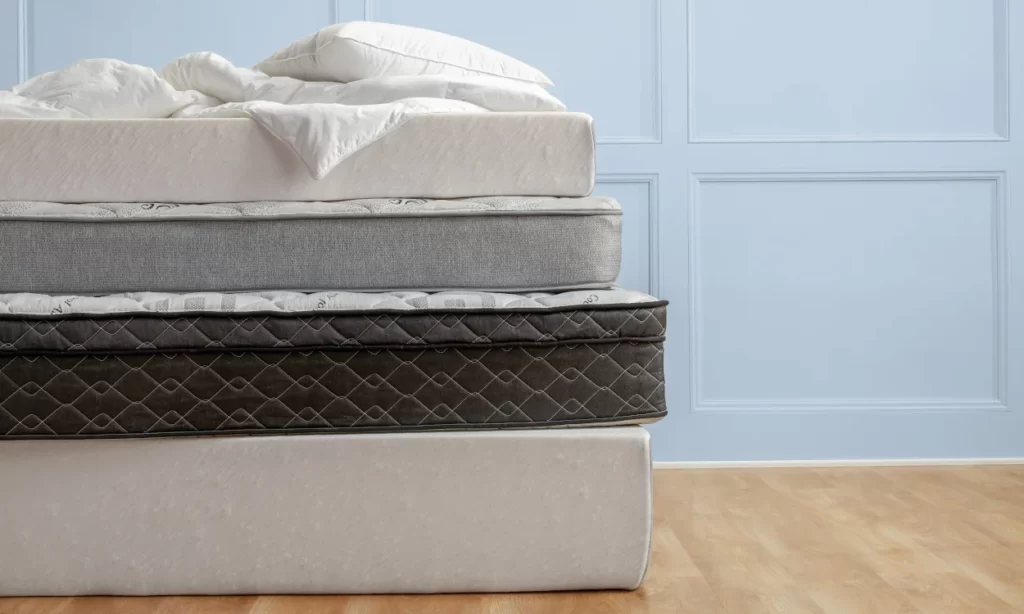Memory foam mattresses, made of ultra-absorbent polyurethane foam (also known as “synthetic viscoelastic foam”), offer supple support that makes sleeping on one feel like it’s on a cloud. That makes sense given that NASA created memory foam for space shuttles. Since memory foam made its entrance into the mattress market, customers have gushed about the extraordinary comfort these beds provide.
How Should a Memory Foam Mattress Be Cared for? After investing in the best memory foam mattresses for your needs, it is crucial to maintain their quality over time. You will understand the advice on how to preserve the comfort and longevity of your memory foam mattress at the end of this article. Reading ahead;
1. Protect Your Mattress
The use of mattress coverings is revolutionary. A mattress protector should be tailored to fit tightly like a fitted sheet to prevent spills and messes from soaking through the mattress. In addition to fitting styles, there are also encasement protectors, which often include a zipper up the side and cover all six sides (including the bottom).
Sleepers who want to prevent allergies or bed bugs from entering the mattress can use the best mattress encasement protectors. The hygiene of your mattress can be badly impacted by bodily oils and skin flakes in addition to food spills and liquids, therefore regardless of whether you eat in bed, a mattress cover is essential.
2. Create A Solid Foundation
Although a memory foam mattress doesn’t need a foundation to perform better, using one will allow you to raise your bed to the proper height. It is ideal to make sure that your base is solid, level, and free of significant gaps if you are using memory foam mattresses.
If you choose a slatted foundation, the slats should be no more than 2.75 inches apart because bigger gaps can cause the mattress to lose support unevenly over time. You’ll need to purchase additional slats or use a plywood board to provide a sturdier platform if the slats are spaced apart too far.
3. Discourage Pets And Jumping Children
This advice is fairly clear-cut. Pets roaming around and sleeping on the bed invite potential germs, bugs, and bacteria to grow where you sleep. The best-case scenario is that you find a charming and cuddly bedmate. The worst-case situation is that there are parasite eggs nearby that are about to hatch.
It is advised to establish a strict rule that no one under the age of eight should ever jump on the bed. In addition to being dangerous, bouncing on the bed is bad for the mattress. The vigorous up-and-down movements overstress the memory foam and do little to increase its longevity.
4. Consistently Rotate Your Mattress
You’ve probably heard of this advice, but have you used it? Starting right away, rotate your memory foam mattress 180 degrees each season. The theory behind this technique is that lying on the same spot on the mattress each night might cause distress, ultimately resulting in the concentration of wear and tear in one area. It should be noted that certain high-end manufacturers produce mattresses that do not require flipping.
5. Clean Your Mattress
Sweat, dust mites, and other allergies can be avoided by vacuuming your memory foam mattress at least twice a year. The longer the baking soda stays on the mattress, the better, so start by sprinkling it on your stripped mattress. You can add a drop or two of essential oil as an optional measure. Pull out the vacuum at some point, and with the upholstery attachment, remove all of the baking soda. Dust mite havens can be discovered in the tufts, seams, and spaces between the mattress and base.
6. Avoid Making Your Bed
Yes, you did read that right. While delaying the making of your bed may seem like breaking the law, it is advised against it. By delaying bed making, you let your memory foam mattress and linens breathe, allowing any moisture to accumulate during the night to have a chance to dissipate.
